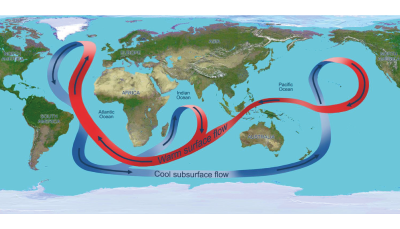International Baltic Earth master course on “Climate of the Earth system”
News

We invite master students to the new international hybrid master course on
“Climate of the Earth system” at the University of Rostock
Students will be introduced into fundamental processes in the Earth's climate system of the atmosphere, ocean, and sea ice and into basic methods of the statistical analysis and modelling of climate variability on Earth including the impact of anthropogenic greenhouse gas emissions and other drivers such as variations in solar insolation and volcanic eruptions.
Global radiation budgets, feedback mechanisms and tipping points in the Earth's climate system will be explained. Deterministic climate models based upon first principles such as high-resolution coupled atmosphere, ocean and sea ice models will be presented. The large-scale circulation in the atmosphere and in the ocean will be discussed.
Students will be introduced into the analysis of internal climate variability of the Earth system from years to millennia as recorded from instrumental data, historical documents and proxy data such as tree ring data or sediment cores.
For the analysis of climate variability both statistical methods and numerical modeling are used. Methods for the detection of systematical changes in climate and for the attribution of drivers to these changes will be presented and discussed. The course will introduce fundamentals of statistics such as probability density distribution, covariance matrix, estimation of statistical parameters, auto- and cross-covariance functions, spectra, time series analysis, multivariate data analysis, uncertainty analysis in statistical methods and strategies of statistical analysis of instrumental observational, proxy and model data. Deterministic climate models will be compared with stochastic climate models.

